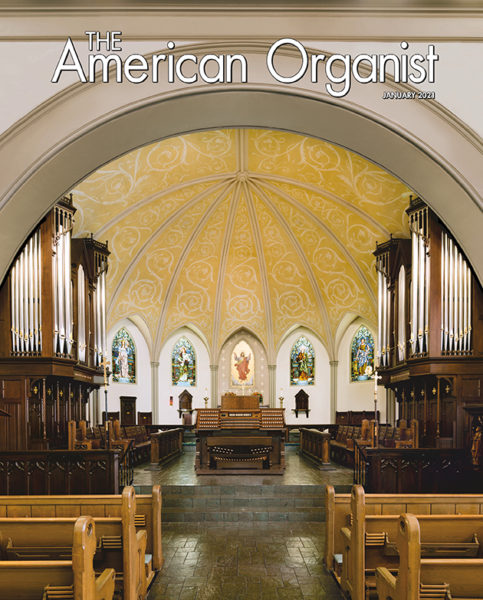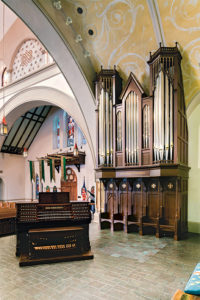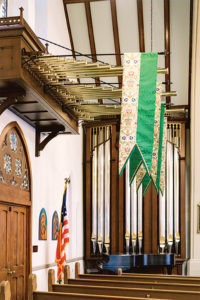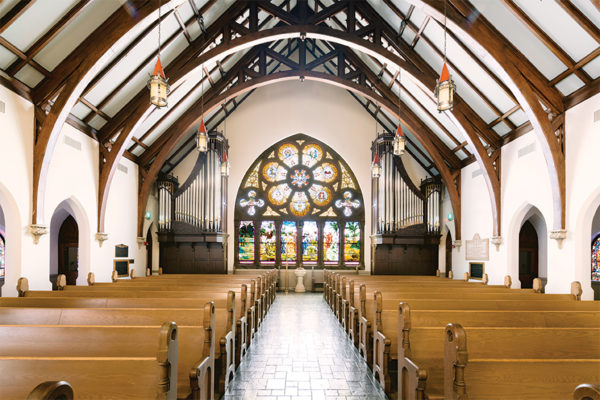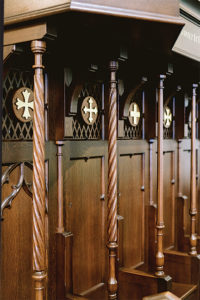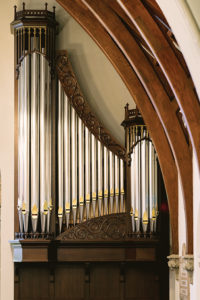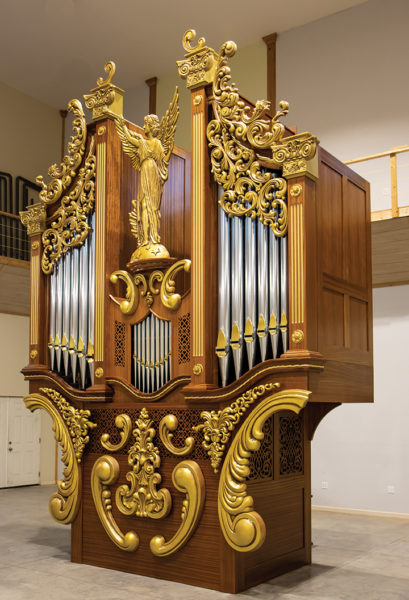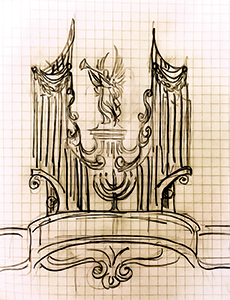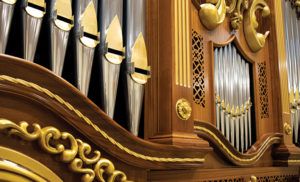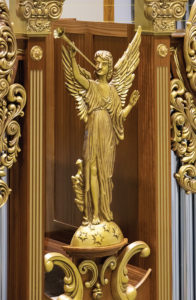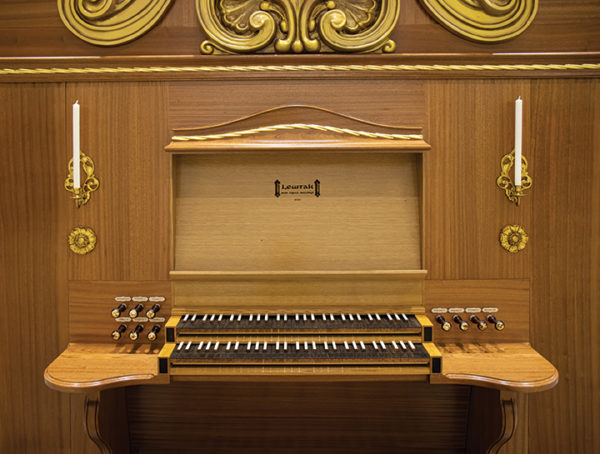
REGISTRATION IS NOW CLOSED
Leadership 2021 Agenda
Once you have registered, you will receive a confirmation with registration details.
- Connect with other chapter officers to discuss pressing issues and identify successful practices to help you in your leadership roles.
- Collaborate by mutually working together to identify programs and workshops that chapters can share with each other.
- Create goals and a game plan for your chapter to increase member engagement over the next five months of leadership.
This three-day leadership conference is open to all chapter officers, as well as those who serve on committees or in other leadership/volunteer positions. We encourage all District Conveners, Regional Coordinators and members of the AGO National Council to also participate. There will be breakouts for Deans, Sub-Deans/Programming, Membership, Communications (website, newsletters, social media) and Treasurers, as well as by Chapter Size, to support peer-to-peer sharing and collaboration. It will focus on strategies to jumpstart your chapter, motivate your board and deliver best practices to keep your chapter running effectively throughout the remainder of the year and beyond.

Please view this special announcement from Grant Holcomb, Lexington Chapter leader, about why you should attend this special virtual conference.
Please submit a group photo of your board or a previous chapter event to Elizabeth George, Email Elizabeth. We will be presenting a photo montage at the beginning of the conference.
